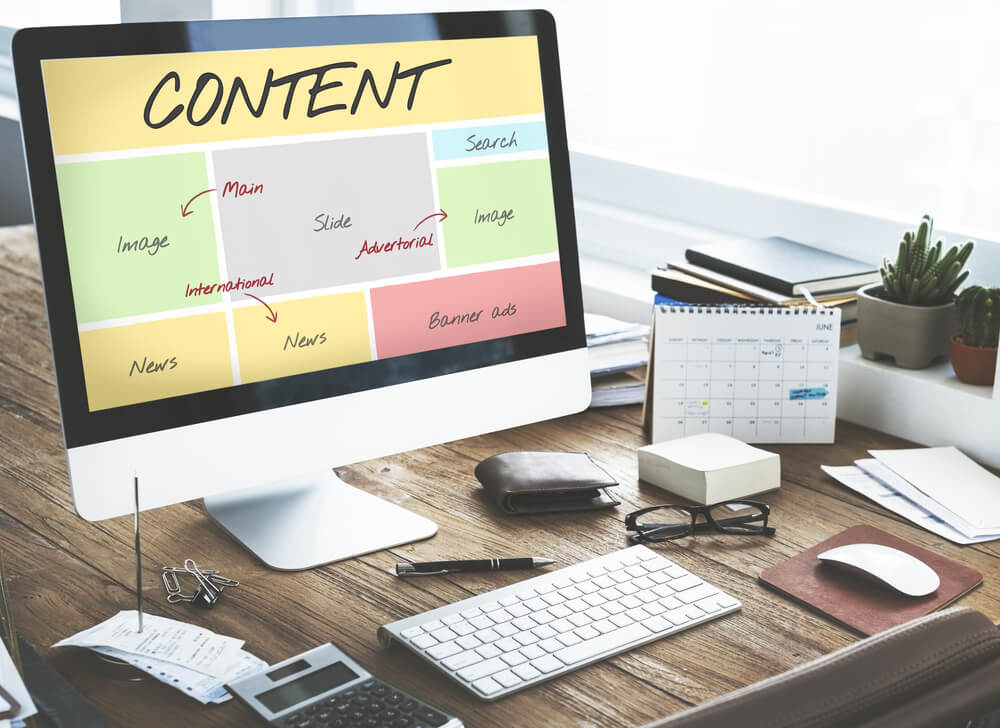
Why Frequency Capping Isn’t Enough
Why Frequency Capping Isn’t Enough

Imagine this: you’re on an e-commerce site, looking at a refrigerator because yours is on its last legs. You aren’t ready to buy yet and would like to do more research before you purchase, so you exit the site and log into your social media. In a banner ad on your Facebook page, you see an ad for the refrigerator from the site you just left. You log into your email, and in the middle of your inbox is a native ad for the refrigerator. You log onto a news site, and in the sidebar—there’s that refrigerator again. “One more instance of that fridge in your browser,” you say to yourself, and you will rule that brand out of your consideration completely. And then, on the next site you visit, there’s the fridge.
Now imagine yourself as the advertiser for that refrigerator’s site. You just lost a customer, because you too aggressively marketed your product to a site visitor who wasn’t ready to purchase yet. Imagine if you had more carefully advertised based on this particular customer’s purchase journey—it’s likely that the site visitor, who was in the market for your product and aware of your site already, would ultimately have chosen to buy from you.
Enter frequency capping. Frequency capping refers to the amount of times an ad is served to the same user. Frequency capping is widely well-known throughout the advertising world, but should not be confused with recency capping, which refers to the amount of time between when individual advertisements are served to the same user (aka how often.) Though frequency capping is well-utilized by advertisers, it is important to recognize that both frequency and recency capping work best when utilized together in order to avoid both creative fatigue and oversaturation.
Getting started- frequency and recency capping prerequisites
As an advertiser creating a digital marketing campaign strategy, to maximize the ROAS of your initiatives you need to identify the unique purchase journey of your brand’s customers. This requires determining the delta between when your site visitors are served an impression, and when they actually convert on your site. Without establishing this information, it is impossible to utilize effective frequency and recency capping.
Failing to do this kind of research at the outset of a campaign can have a significant cost at the end. A person in the market for a larger purchase (like a kitchen appliance) is going to have a very different delta than someone in the market for something smaller—such as a pair of shoes. If you don’t account for these differences, you can end up with a digital marketing campaign that is out of step with your customers’ needs. The result is an annoying, ineffective campaign, and a lot of wasted dollars.
Hit me baby one more time- making the most of frequency and recency capping
Obviously, different products have different decision makers, as well as different length windows to reach prospects and convince them to convert. Some purchase decisions are made by one key buyer from the first impression to the final conversion, while others involve multiple consultations between multiple different decision-makers. There is no one-size-fits-all digital marketing campaign strategy that will work equally well for every type of buyer. According to a white paper published by Facebook IQ, advertisers should always “plan campaign frequency with market, message, and media factors in mind. There is no one-size fits all frequency level to suit the requirements of every brand and campaign.” As an advertiser, it is crucial to recognize the importance of a personalized campaign strategy.
It’s all too common today for advertisers to create digital marketing campaigns that follow default “best practices” established by a programmatic exchange provider. In addition, many programmatic exchange providers don’t even allow advertisers to individually adjust frequency and recency capping in individual campaigns. These are significant roadblocks for advertisers trying to increase conversions with bespoke campaign strategies. Knowing how to utilize frequency and recency as well as working with a DSP that will allow you to do so will ultimately lead to better business.
Let’s take a look at two real-world examples of how frequency and recency can be applied, one for B2C and one for B2B.
Example 1: Frequency & Recency Capping in B2C
A consumer visits an online shoe store after clicking an advertisement for the store’s limited-time weekend shoe sale. The site visitor puts a pair of shoes into her cart but leaves without completing the purchase. (It is important to note context here, as the site visitor clearly was close to a purchase since she put the shoes into her cart).
In this case, the site visitor is the only decision maker. The window of time for the advertiser to get back to the site visitor and convince her to complete her purchase is limited to the duration of the sale. Therefore, frequency capping that particular user to 50 impressions would be appropriate. However, the advertiser should also instill a low recency cap in order to better catch the site visitor’s attention at this critical point in time. To do this, the advertiser should bid heavily on ads in order to serve impressions to the site visitor frequently and within a short time period. Because the advertiser has done their homework and properly accounted for frequency and recency capping, they have increased the site visitor’s likelihood to purchase.
Example 2: Frequency & Recency Capping in B2B
For the B2B case, we’ll use ourselves. A user visits ReTargeter’s site, visits a few different pages, but leaves without completing a conversion—in this instance let’s say they leave without filling out a contact form.
In this case it is important to make the distinction between two terms: the visitor refers to the person who first visits ReTargeter’s site, but the client refers to the business to which the user belongs. For many B2B companies like ReTargeter, there are multiple stakeholders who each have a say in the final decision to purchase. There are layers within the decision-making process, and the customer journey is much longer and more complex than that of most online shoe shoppers. The window of time between when the visitor is first made aware of ReTargeter and when the client actually converts is much longer than in the above example, but bridging the gap between turning a visitor into a customer is much more sensitive.
Remember—frequency capping refers to the amount of times an ad is served to the same user. Recency refers to the amount of time between when individual advertisements are served to the same user (aka how often.)
So frequency capping the visitor at 50 could still be appropriate, but the recency cap would need to be much different. In most similar B2B cases, bombarding a user with ads within a short time frame works only to reduce an advertiser’s credibility, and does not lead to increased conversions.
In a case like this one, creative would likely have much more variety. For instance, rather than showcasing the same ad highlighting one product, as would be appropriate when trying to convince a site visitor to go back and finish his purchase on a retail website, it would be more appropriate to show different ad creatives highlighting multiple products or features with various landing pages. In ReTargeter’s case, a successful digital marketing campaign might include a display ad that showcases lookalike modeling and leads to a landing page with further information, as well as a native ad that leads to our blog post about incrementality.
In Conclusion
As an advertiser, it is critical to know your customer’s journey and to advertise accordingly. Having strong client relationships and reliable analytics are key to establishing a defined customer journey. It is important to recognize that just as your brand is different from other brands, customers are not all the same either. Once you have established who exactly your customer is and what is the best way to reach them, (and once you have established a relationship with a programmatic exchange provider who understands digital marketing campaign strategies are not one-size fits all) you can increase your conversions by utilizing frequency and recency capping.
Pro tip: don’t be the refrigerator website.





